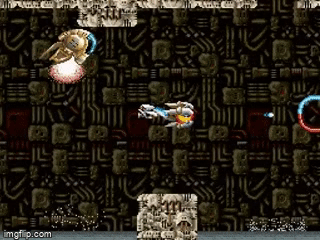
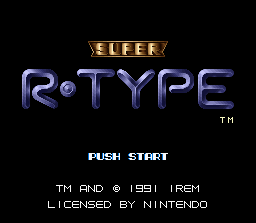
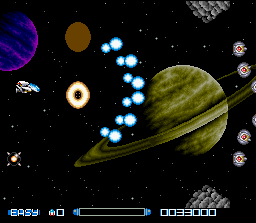
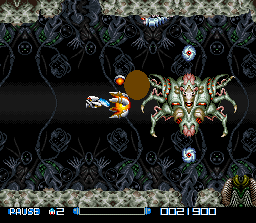
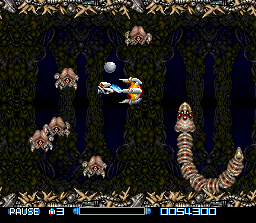
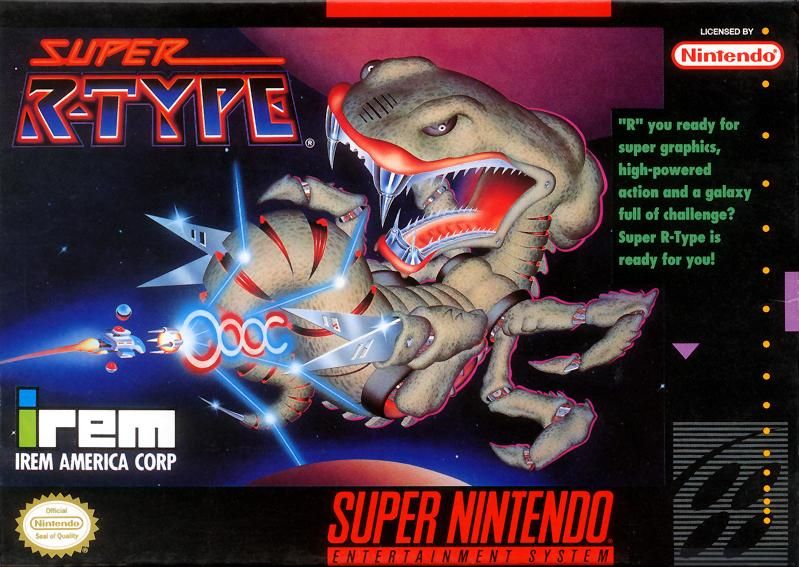

Claymates is a side-scrolling platformer developed by Visual Concepts and published by Interplay in 1993 exclusively for the Super NES. The was by far the most popular genre of gaming in the 8 and 16-bit era so this one probably got lost in the crowd a little. The most unique thing about this game is its claymation style animation similar to what the same company did in ClayFighter which was released around the same time. ClayFighter had pretty big success and judging from the three page ad layout in EGM, Interplay must of thought they had a big hit on their hands with Claymates as well. Honestly though, I didn’t remember this game at all so I’m not sure it was as popular as they hoped…but maybe it was just me.

This game follows the same general formula as most other side-scrolling platform games of the time. Run and jump avoiding obstacles and defeating or avoiding enemies along the way. The unique play mechanic in this game is the fact that the main characters is a ball of clay that can transform into one of four animals. These include Muckster the Cat, Doh-Doh the Duck, Oozy the Mouse, Goopy the Guppy, and Globmeister the Chipmunk. The ad here features Goopy the Guppy leaving me to wonder if there were ads for all of the animals. In any case, each animal has its own special abilities that will help you in different situations.

This game has a fair amount of variety. As you work your way through different levels you will progress through places such as your back yard, the Pacific, Japan, Africa, and even outer space. The story doesn’t really matter much but you are basically trying to rescue your father from the bad guy that stole his transformation serum and turned you into a clay ball.

The graphics are kind of a mixed bag. On one had, the backgrounds are nice and the claymation effect is very unique. On the other hand, these clay animated figures, though well done, don’t necessarily look as good as the sharp and colorful looking sprites found in most games. I guess it’s a personal preference thing. There’s also nothing to complain about with the sound and music.

This game was generally reviewed well. If I were playing a side-scroller like this at the time, other than Mario, I would have been more into sci-fi themed games so I would probably have passed this one by. A pin-up of Goopy the Guppy sure wouldn’t have made me want to play it, lol. However, if you are a fan of the genre and the SNES, then this is definitely a decent one to pick up. This would seem to be a case of not wanting to judge a book by its cover.

There are a couple of interesting development notes. Development initially started on the NES but moved to the Super NES early on. There was also a Genesis version planned but for some reason never completed. I’m not really sure why. It doesn’t seem like it would have been a particularly difficult port but perhaps the sales weren’t what they were expecting and they chose not to pursue additional ports. I’m just speculating but Clayfighter had a number of sequels and I don’t think there were any sequels to this game.

Claymates was added to the Nintendo Classics service in 2021. If you have a Nintendo Switch or a Switch 2 then that is an easy way to play this game. Otherwise, you will have to track down an original copy for your Super NES or use emulation. As far as I know, there haven’t been any other releases of this game.
The ad above is from the March 1994 issue of Electronic Gaming Monthly.
Mario Is Missing is an educational adventure game that was released for the Super NES in 1993. The Super NES had been released in 1991 so this was still pretty early in its life. It was unique in a variety of ways including being a relatively rare game that stars Luigi, being an educational game on a console, and being a Mario/Luigi game that was also released on other platforms.
The plot of this game is that Mario has been kidnapped by Bowser and you, as Luigi, must find him. There’s also an evil plot by Bowser that must be stopped. He plans to melt Antarctica by using hairdryers.
In order to rescue Mario, Luigi must travel the world solving geography based puzzles. You must return stolen artifacts by answering questions about local landmarks and history. Bowser is trying to sell these artifacts to pay for the hairdryers. Seems like it would be easier just to steal the hairdryers… Locations include such places as Cairo, Paris, New York, Mexico City, and Tokyo among others.
This is essentially a point-and-click adventure game with an educational emphasis. The goal is to teach basic geography and history to a younger audience and is an early example of “edutainment”. It was meant as competition for games like Carmen Sandiego.

Those expecting anything resembling a traditional Mario game will be disappointed. As an educational game it’s just ok. There isn’t a whole lot of fun mixed in with the pointing, clicking, and answering questions.
This history of this game is somewhat interesting though. Nintendo did not develop this game but instead licensed the characters to The Software Toolworks who originally created this game for DOS based computers. Shortly after, it was ported to the Super NES and NES and then later on the Macintosh and Windows.

As a game for younger players it isn’t bad but the Carmen Sandiego games are better. There isn’t much in the way of replayability and it really isn’t something adults today would find very interesting, even for nostalgia. Younger kids today could still enjoy it though…at least for one play through.
Images above are from the Super NES version of the game with the ad being from the October 1993 issue of Electronic Gaming Monthly.